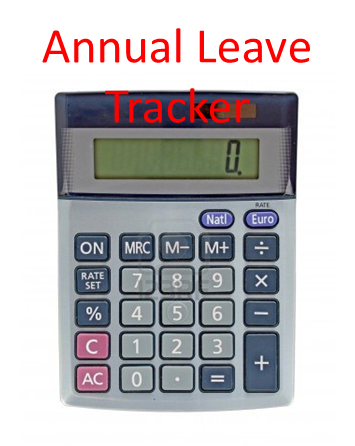Annual Leave Entitlements Guide Ireland
Annual leave is paid time off work that employees are granted by their employers - it can be used for whatever the employee wishes. It is important for employees to recharge the batteries and annual leave helps maintain a motivated and productive workforce. It is essential to note that the employer is statutorily obliged to provide a certain amount of annual leave to his or her employees. An employer can, of course, provide more leave than he or she is obliged to give – if an employer offers more leave to employees with long service histories or employees who exceed targets, for instance, this policy should be clearly defined and should be applied fairly across the board. Regardless of the employee’s status or length of their service everyone is entitled to annual leave. All time worked is eligible for paid holidays.
Here is an easy guide to assist employers in working out what leave should be allocated to each employee:

There are three methods used to work out leave entitlements:
a) The most common method used is: 4 working weeks in a leave year during which the employee works a minimum of 1,365 hours (Unless the employee has changed employment during that year). b) 1/3 of the employee’s working week per calendar month of at least 117 working hours (Eg: 1.67 * 12 = 20 days) c) 8% (.08) of the hours worked by the employee in the leave year (the total is not to exceed 4 working weeks) In some instances an employee’s leave could be worked out using more than one of the approaches listed above – where this is the case all applicable methods should be calculated and the employee shall be entitled to the highest result. Remember - the maximum statutory annual leave entitlement is four of his / her normal working weeks.How to calculate an employee’s annual leave pay:
Not everyone works a 9-5 office job and not all employees earn the same gross figure on a weekly basis so here is a guide on how to determine holiday pay due to various categories of employees: (a) If the employee’s pay is calculated by a fixed rate or a salary then the figure due to the employee per week of paid annual leave is equivalent to the amount he or she received for the normal weekly working hours last worked - This payment includes any regular bonus or allowance (that isn’t based on work completed) - it excludes any overtime pay. 




















